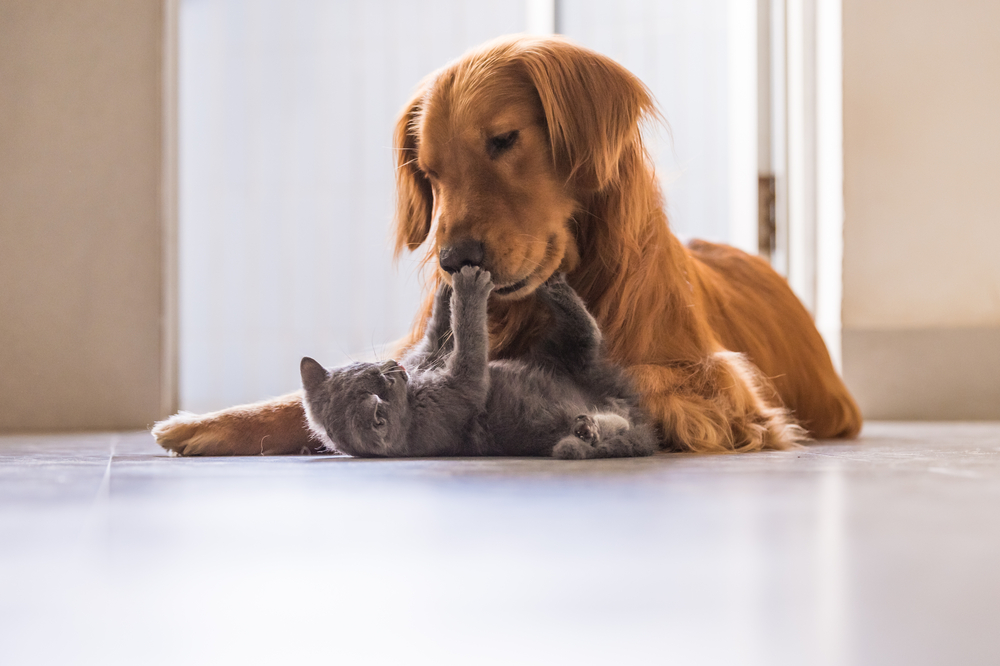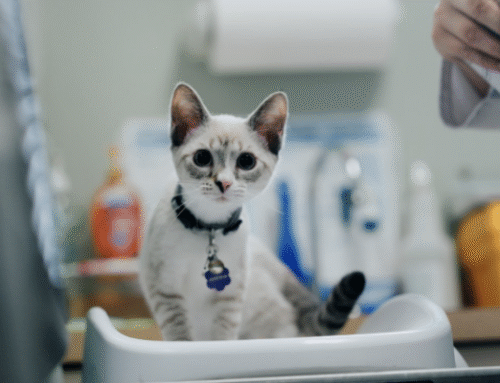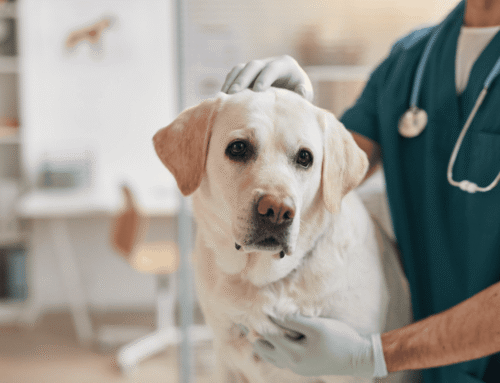Pet ownership is expensive, and for pet owners on a budget, an unexpected illness or injury can significantly impact their finances. Every year, more pet owners are investing in pet health insurance to avoid paying huge out-of-pocket veterinary expenses. The right pet insurance plan can save you thousands of dollars in veterinary bills, but you need to consider multiple factors before choosing a provider and plan that covers your pet’s needs and fits your budget. Our team at Safe Harbor Animal Hospital explains the four most important questions to ask when considering a pet health insurance plan.
#1: What is my pet’s coverage eligibility?
While pet insurance eligibility may vary between insurance providers, most pets are eligible for some coverage. Common factors that can affect a pet’s coverage eligibility include:
- Age — Most pet insurance providers have minimum and maximum age limits for enrollment. Typically, coverage is available for pets as young as 8 weeks of age. Older pets, around 12 to 14 years of age, may not be eligible or may qualify for reduced coverage with higher premiums and exclusions.
- Breed — Pet Insurance providers may limit coverage based on breed-specific genetic predispositions.
- Species — While pet insurance providers cover dogs and cats, fewer options are available for exotic pets such as birds and reptiles.
- Pre-existing conditions — Most pet insurance providers do not cover pre-existing conditions (i.e., health-related disorders diagnosed before your pet’s health insurance coverage takes effect). Pet insurance providers may consider the following conditions as pre-existing:
- Chronic conditions — These are pre-existing conditions that can recur during your pet’s life, including breed-specific conditions (e.g., allergies, breathing problems).
- Bilateral conditions — A bilateral condition affects both sides of the body such as hip and elbow dysplasia, cruciate ligament issues, cataracts, and luxating patellas.
- Intervertebral disc conditions — Intervertebral disc conditions affect the spinal cord, and can be caused by degeneration or trauma.
- Geographic location — Some insurance providers have restrictions based on geographic location, so your pet’s eligibility may depend on where you live.
#2: What type of health insurance plan does my pet need?
When considering pet insurance, knowing what you want in a plan is essential. Think about your pet’s needs and research each coverage option carefully before choosing the plan that is best for your pet and your budget. Pet health insurance coverage varies by provider, but most offer the following plan types:
- Accident only — Accident-only plans are typically the most affordable and cover only injuries and emergencies related to accidents such as:
- Torn ligaments
- Bite wounds
- Cuts
- Broken bones
- Swallowed objects
- Accident and illness — Accident and illness plans are more comprehensive than accident only and usually cover treatment costs for injuries, illnesses, and diseases that are not pre-existing such as cancer, endocrine disorders, and some orthopedic injuries.
- Wellness add-ons — Coverage for routine care, such as vaccinations and parasite control, is often included in wellness plans for an additional cost.
#3: What monthly premium best fits my budget?
Your monthly premium will vary based on your pet’s age, breed, and geographic location, and can be tailored to fit your budget. Customizable factors include:
- Deductible — A deductible is the amount you must pay out of pocket before the insurance company begins reimbursing you. Premiums and deductibles are inversely related—a low monthly premium generally comes with a high deductible.
- Reimbursement percentage — The reimbursement percentage is the total cost covered by pet insurance after meeting your deductible and also affects the monthly premium.
- Payout Limit — The payout limit is the total amount pet insurance will cover per year, or over the pet’s lifetime. Coverage limits typically reset each year.
#4: How do I want to be reimbursed for my pet’s covered treatments?
Pet insurance works either by reimbursing you or paying your veterinarian directly for eligible expenses. However, most pet insurance plans have a waiting period before you can file a claim. When coverage begins, an insurance policy usually offers one of these claims payment methods:
- Reimbursement — Most pet insurance providers require policyholders to pay their pet’s veterinary bill in full before filing a reimbursement claim. Once your claim is processed and approved, you are reimbursed via direct deposit or check. Most providers process a claim within 10 working days.
- Direct payment — Some pet insurance providers will make full or partial payments directly to your veterinarian, which means you don’t need to wait for reimbursement. However, not all veterinarians accept direct payment, so check with your provider before selecting this reimbursement method.
Only you can decide whether to insure your pet, but in most cases, pet health insurance can save you a significant amount on the costs of your pet’s routine care and unexpected accidents and injuries. Knowing how to choose the right insurance plan for your pet and your budget can be challenging, and our Safe Harbor Animal Hospital team is happy to answer your questions and provide recommendations. Call us or our sister hospitals—Shuler Veterinary Clinic and Mount Pleasant Animal Hospital—with any questions, or book your pet’s next wellness appointment online.









Leave A Comment